The dust cover features one of the best-known caricatures of Richard Wagner, his enormous head in this version opened like a boiled egg, with a photograph of Simon Callow either emerging from his skull or sinking into it. The idea is that rather than just writing another book on this over-biographised figure, Callow will let us know what it was like actually to have been him, something he also tried in his one-man show at the Linbury Theatre, Inside Wagner’s Head. Callow tells us that he has been a lifelong Wagnerian, but that only in the last four years has he investigated him as a man, reading the most important biographical and, especially, autobiographical works, together with a fair number of critical studies.
So we have one flamboyant theatrical figure claiming to portray another. Wagner’s narratives of his life — there are many of them — are notoriously unreliable, often with dramatic intent. Callow is not the man to mind that; and he adds a large number of inaccuracies and flourishes of his own, so that, in many respects, the book turns out to be a mine of misinformation. Callow even gets Wagner’s birthday wrong, twice, though it is correct in the chronology at the end. More seriously, he takes Wagner’s word for it that it was seeing the great soprano Wilhelmine Schröder-Devrient as Fidelio in 1829 that determined him to become an opera composer, and also was a lifelong influence on his view of the ideal operatic performer. But it has long been known, and stated in several of the books Callow lists in his bibliography, that she didn’t perform in Fidelio then. It was part of Wagner’s mytho-autobiography.
Worse, Callow’s account of Schopenhauer’s philosophy and its transforming effect on Wagner’s view of life is almost exactly the opposite of what he actually thought. Callow claims that Schopenhauer believed that the only escape from the misery of life was through erotic love, though in fact Schopenhauer thought erotic love was the most extreme example of the rampant will, and thus one of the greatest causes of our wretchedness. Wagner thought ‘friend Schopenhauer’ needed ‘correction’ on that point, thereby exactly reversing the philosopher’s view. Callow tells us that when Nietzsche met Wagner for the first time, ‘[Wagner] spoke in the measured tones of a great philosopher.’ Actually Nietzsche wrote in a letter just after the first meeting, ‘[Wagner] really is a fabulously vivacious, fiery man, who talks very quickly and wittily, brightening up a party of this very private kind… I still cannot think about [the meeting] without laughing.’ Nor is it the case that ‘Nietzsche never crossed the threshold’ of the Festspielhaus in Bayreuth; he attended rehearsals of The Ring, but his migraines, by which he was often afflicted, forced him to leave, whatever later constructions he may have put on the occasion. And so on and on, casual errors littering the pages of what is a very readable book, in one way.
Callow should have written more about the great music-dramas themselves. As a lifelong Wagnerian, he has presumably thought very hard about them; but his references to them are so perfunctory that any reader who doesn’t know them won’t be helped, and any reader who does will find the references superficial. I wonder who Callow envisaged as his target audience. Presumably people who hear Wagner’s name mentioned often enough, and in enough contexts, to want to find out more about him, by way of a vivid portrayal of the kind of person he was. Callow catches well the astonishing whirlwind that was Wagner’s life, the ceaseless travelling, the homelessness, the roving eye, the overwhelming charm — even, up to a point, the industriousness.
Reading a more straightforward biography makes you wonder how he had time to do all the things that he did, even if he hadn’t written a note of music. But the extraordinary artistic ambition, all of it fulfilled more completely than even its composer expected, the meticulousness of his enormous scores, down to the famous calligraphy, the capacity to go on producing profound masterpiece after masterpiece when there was no chance of any of them being performed, yet they all were — this latter does impress Callow and earns a mention — these are really the only things that we should think about in connection with Wagner, and then concentrate on the richness and depth of experience that the works offer.
Roger Scruton’s great book The Ring of Truth, published last year, the most helpful and profound study of what matters about Wagner, is a much larger book than Callow’s, and not so easy to read, but on every page there are illuminations none of which can be found here.
Got something to add? Join the discussion and comment below.
Get 10 issues for just $10
Subscribe to The Spectator Australia today for the next 10 magazine issues, plus full online access, for just $10.
You might disagree with half of it, but you’ll enjoy reading all of it. Try your first month for free, then just $2 a week for the remainder of your first year.

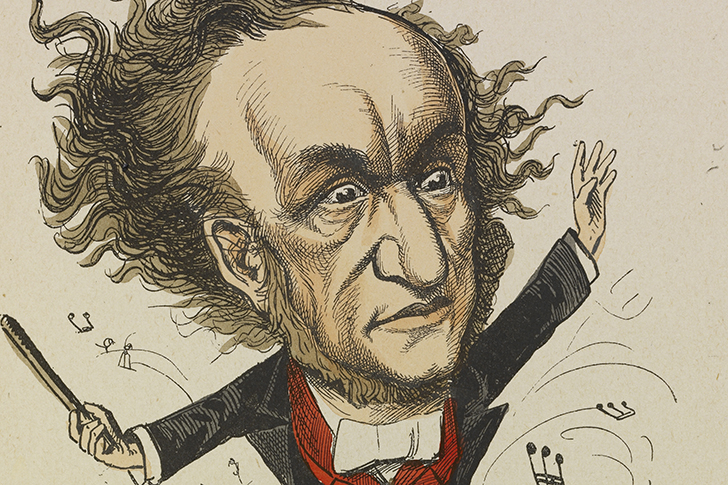
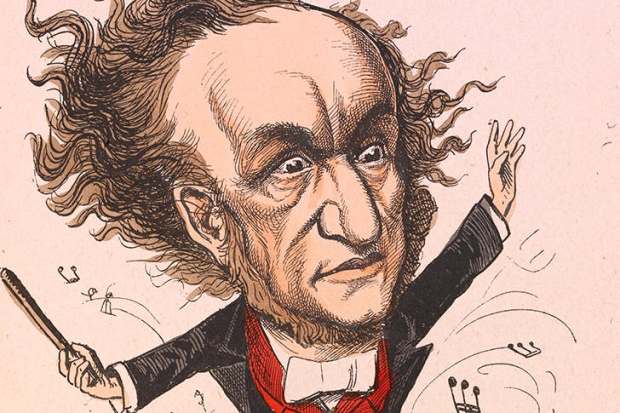
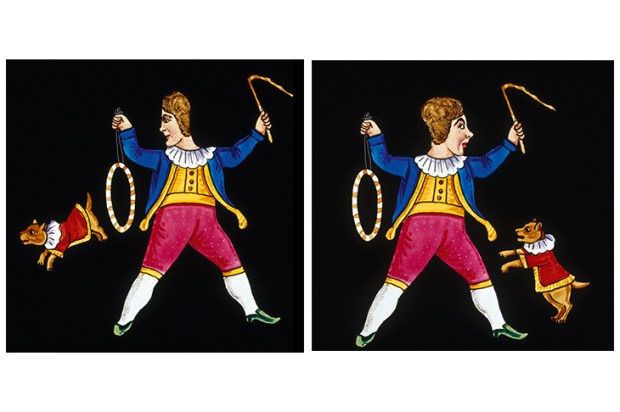
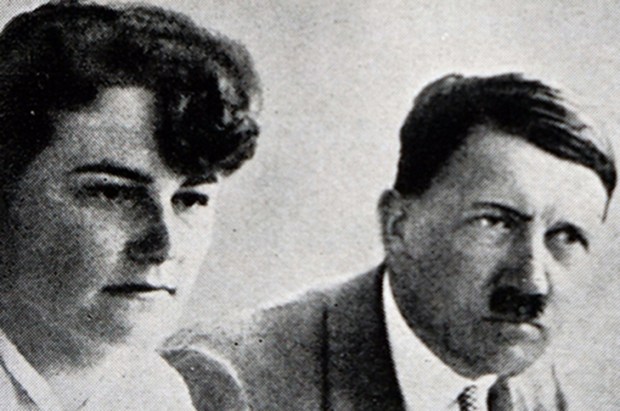
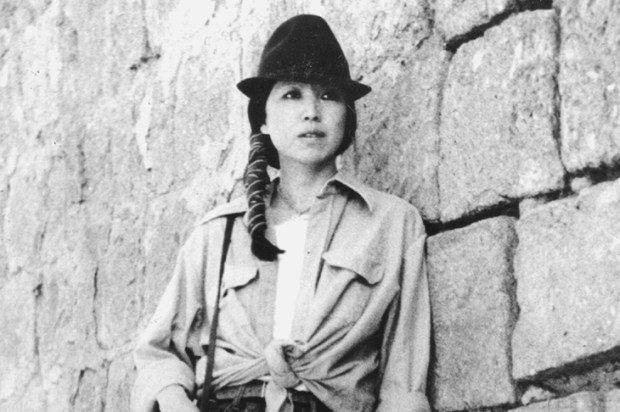
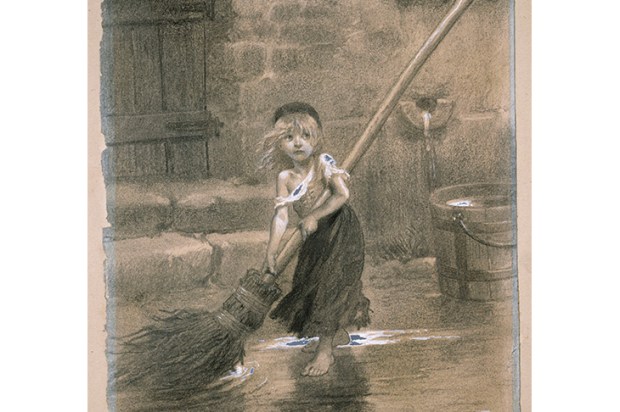
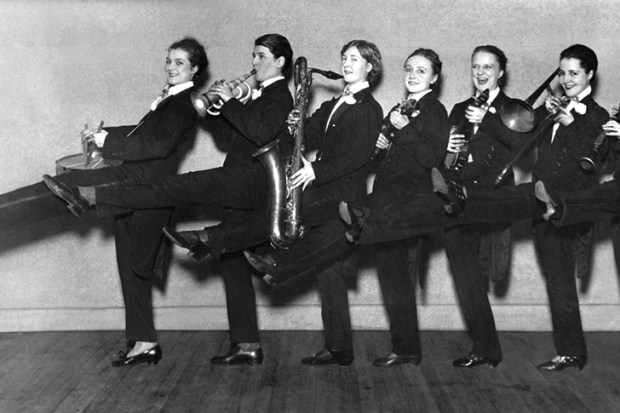






Comments
Don't miss out
Join the conversation with other Spectator Australia readers. Subscribe to leave a comment.
SUBSCRIBEAlready a subscriber? Log in